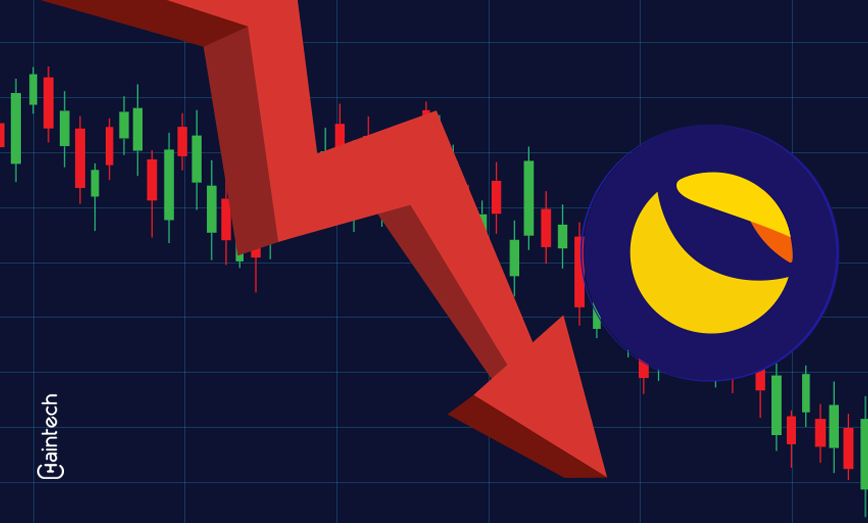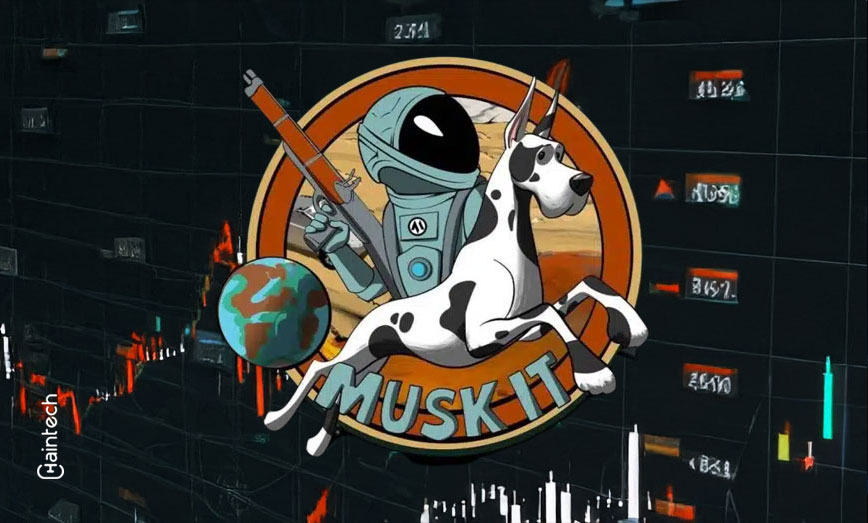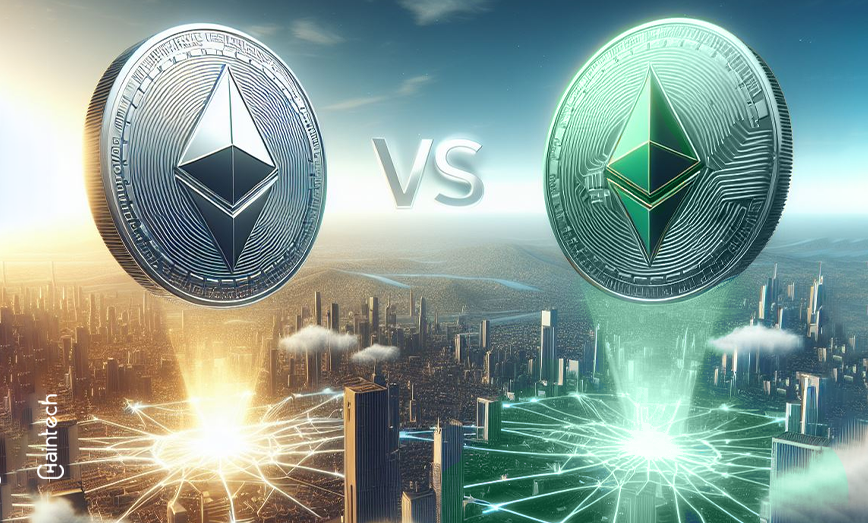Terra Luna Crash – Everything you need to know about it!

Introduction
Ever heard of the Terra Luna crash?
Was it coordinated attacks? A bubble? A Ponzi scheme? What happened with LUNA and the entire Terra Ecosystem?
Terra is actually the third largest cryptocurrency ecosystem after Bitcoin and Ethereum. But in just three days back in May 2022, it all went haywire, wiping out a massive $50 billion in valuation.
Things went south real fast when people started pulling out their money, causing a massive panic. And just like that, the Terra Luna ecosystem went from hero to zero in the blink of an eye.
At one point, the Terra Luna blockchain was valued at a whopping $40 billion. But then, out of nowhere, it all came crashing down. Now, each Luna coin is worth a big fat zero.
So, what exactly went wrong? Well, that’s the million-dollar question.
Let’s understand the aftermath of the Terra Luna crash and what it means for the future of crypto!
What is Terra & Luna?
Terra Luna, initiated by Terraform Labs in 2018, represents an ambitious endeavour within the blockchain world. The primary objective was to harness blockchain technology to establish a decentralised finance network. Central to this network is the utilisation of TerraUSD (UST) as a stablecoin, complemented by the native token, Luna.
Terraform Labs was started by Do Kwon, who studied at Stanford University and previously worked at Apple and Google. They created the TerraUSD stablecoin, also called UST, to stay close to the value of 1 USD. They used another cryptocurrency called Luna (LUNA) to support this stable value.
Luna is like the guardian of UST’s stability. When UST’s value moves away from $1, Luna steps in to bring it back. It does this by creating or removing tokens, keeping everything in balance.
Because of the potential of the TerraUSD/Luna system and the big surge in the crypto market, Luna reached a high price of nearly $120 per token in March 2022. This gained Luna a lot of enthusiastic followers, who jokingly called themselves “Lunatics,” and Kwon became known as the “King of the Lunatics.”
How was the UST/LUNA Algorithmic Stablecoin Supposed to Work?
UST and Luna are closely linked in a system where one UST token is always equal to $1 USD worth of Luna. This means you can freely exchange one for the other whenever you want. Smart contracts handle these exchanges by adjusting the number of tokens outstanding based on the exchange rate.
Let’s use an example to understand how it works. Imagine we have 100 UST tokens and 100 Luna tokens to start with. Since one UST is always worth $1 USD of Luna, you could trade 1 UST for 1 of a Luna token. So, one whole Luna token would be worth $1 too.
If the price of UST falls below $1, like to 90 cents, traders would buy 1 UST for less than a dollar and swap it for $1 worth of Luna tokens. Then, they could sell those Luna tokens for $1, making a quick profit of 10 cents. Smart contracts automatically adjust the number of tokens outstanding to bring the price of UST back to $1.
On the flip side, if UST rises above $1, like to $1.10, traders would buy $1 worth of Luna tokens, exchange them for 1 UST, and sell the UST for $1.10, again locking in a profit. Smart contracts then adjust the token circulation to bring the UST price back down to $1.
Another way to stabilise UST’s price was through Anchor Protocol, which offered high-interest rates on deposits of UST. This attracted demand for the token. Anchor Protocol lends out the UST to users who need tokens for staking rewards.
Additionally, the Luna Foundation Guard (LFG) was established by Kwon to mint and sell Luna tokens to buy Bitcoin. The LFG’s Bitcoin holdings were meant to support the Terra and Luna ecosystems.
How did Luna and UST crash happen?
The stability of UST, Terra’s USD-pegged stablecoin, was rocked when a large amount of UST was suddenly released into the market. UST is unique because it’s not backed by physical assets like other stablecoins but rather relies on complex algorithms and the interplay between UST and Luna tokens to maintain its value.
However, when the market was flooded with UST, its value dropped below its pegged value of $1 USD. In response, the algorithm tried to restore balance by creating more Luna tokens and burning UST. But this reactive process backfired, causing a chain reaction that led to a massive increase in Luna token supply.
The Luna team faced a daunting challenge as they grappled with the overwhelming supply of tokens. Options like burning Luna or initiating a fork were considered, but no official resolution has been announced yet.
Several factors contributed to the crash. Firstly, the system wasn’t designed to handle panic situations, like a bank run, where everyone rushes to sell their assets. Secondly, the demand for UST couldn’t keep up with the surplus of Luna tokens being created, leading to inflation and depreciation. Thirdly, the algorithm couldn’t react fast enough to the sudden drop in demand, exacerbating the situation. Lastly, false demand created by Anchor Protocol, which offered high yields, artificially inflated UST demand, further complicating matters.
In short, the crash exposed vulnerabilities in the Terra ecosystem, raising questions about its stability and resilience in times of crisis.
What happened to Luna afterwards?
After the UST crash, Do Kwon took action to relaunch Terra in May 2022. This time, Terra was revamped with no ties to the algorithmic stablecoin. Developers created a new Terra blockchain, Terra 2.0, through a hard fork from the original Terra blockchain. Alongside this change, the original LUNA token was rebranded as Luna Classic (LUNC).
The new LUNA 2.0 boasts a total locked supply of 1.0 billion tokens, a vast improvement from the staggering 6.5 trillion supply of the classic token. To distribute the new tokens, 35% were airdropped to previous and existing LUNC holders. Of this, 10% of LUNA 2.0 was allocated to holders before the UST crash, while 25% went to those still holding LUNC and UST. Additionally, 30% was allocated to the community pool, with 10% reserved for developers.
However, Do Kwon’s troubles didn’t end there. In September 2022, Interpol issued a red notice for his arrest, following an arrest warrant from South Korea and the revocation of his passport. Subsequently, in March 2023, Kwon was apprehended in Montenegro on charges including securities fraud, commodities fraud, and conspiracy.
Conclusion
In summary, Terra Luna Crash teaches us a valuable lesson about the challenges of algorithmic stablecoins. Despite aiming for stability and efficiency, these systems can face unexpected problems, showing us the importance of careful risk management and being ready for crises in the cryptocurrency world.









